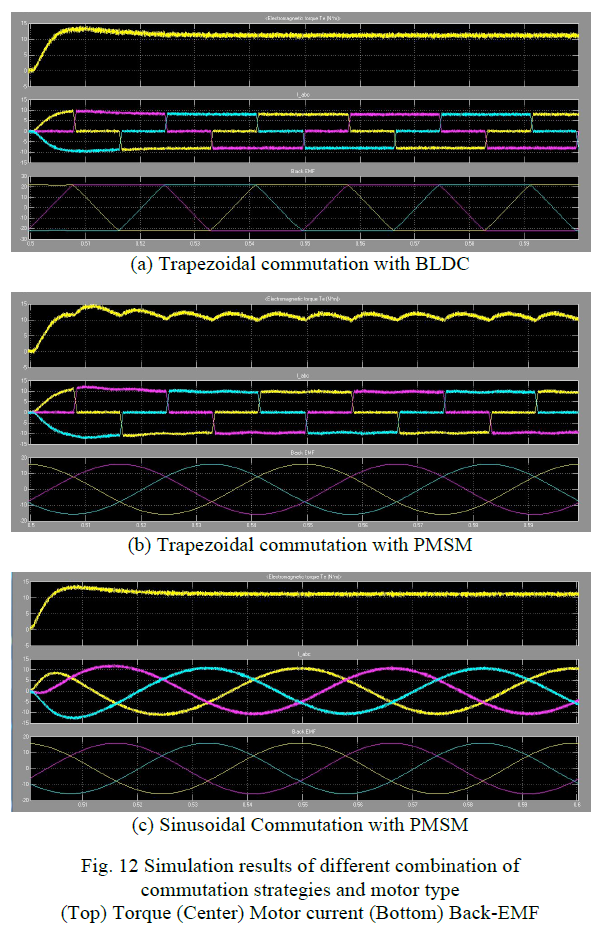Differences between high end ESC's and cheap ones for Lehner motors?
Ok so yesterday I ran a saw pass with my HPR99... after what I thought was a successful full pass... the second I let go of throttle — the boat went airborne ... made a skip on the water and then with about 5 feet of air time it made an upside down belly flop (hatch first) on the grass.
There was no evident damage except a small hairline crack on the hatch. But what was weird was that it looked like my strut and flex became separated and busted out the bearing in the process. It was running normal until throttle release... could it have happened afterwards? My rudder was bend to the point that it got a big dent from prop.
Its a real pain not knowing how fast it went because my GPS seems to be getting signal blocked by the cf hatch even though i always thought HPR made them with gps in mind.
So now I’m thinking whether to buy a small gps antenna that I can mount outside (by driving a tiny hole to pass wire thru) and attach to my gps inside. Because I know I’ll be fishing for the gps in water every time I make a pass with crash. Have any of you did anything like this?
Ok so yesterday I ran a saw pass with my HPR99... after what I thought was a successful full pass... the second I let go of throttle — the boat went airborne ... made a skip on the water and then with about 5 feet of air time it made an upside down belly flop (hatch first) on the grass.
There was no evident damage except a small hairline crack on the hatch. But what was weird was that it looked like my strut and flex became separated and busted out the bearing in the process. It was running normal until throttle release... could it have happened afterwards? My rudder was bend to the point that it got a big dent from prop.
Its a real pain not knowing how fast it went because my GPS seems to be getting signal blocked by the cf hatch even though i always thought HPR made them with gps in mind.
So now I’m thinking whether to buy a small gps antenna that I can mount outside (by driving a tiny hole to pass wire thru) and attach to my gps inside. Because I know I’ll be fishing for the gps in water every time I make a pass with crash. Have any of you did anything like this?

Comment